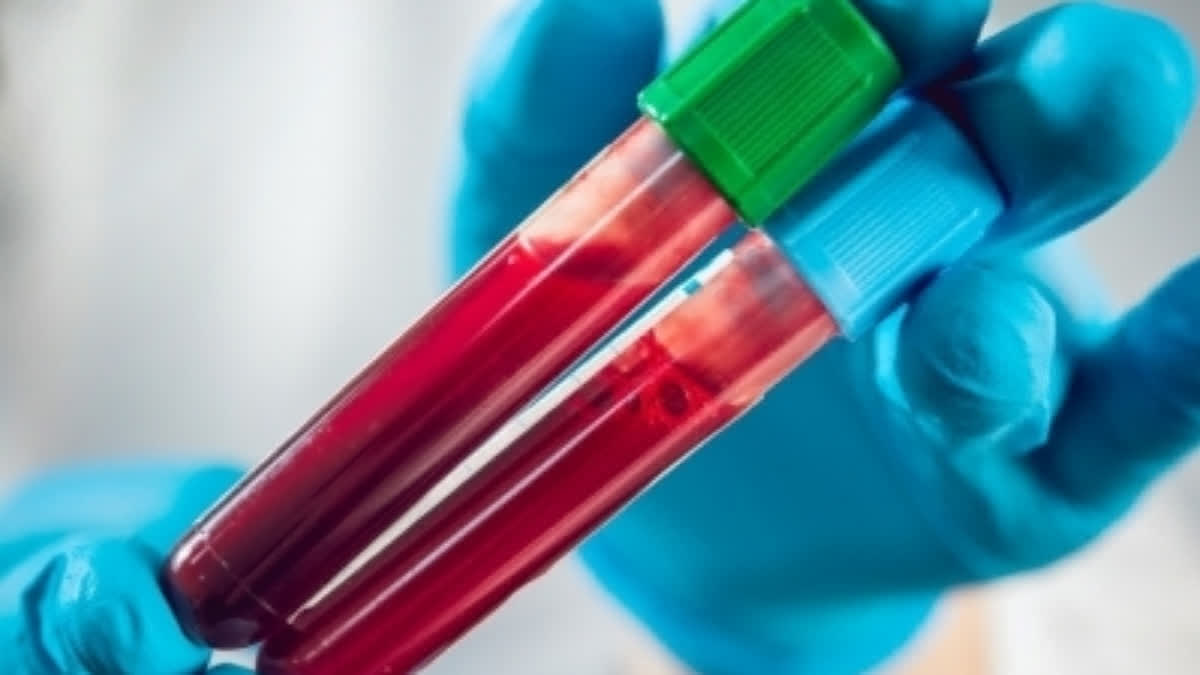New Delhi: A blood test could help identify children at risk of conditions such as diabetes and heart disease because of being obese, by looking beyond cholesterol and assessing a "broader range of lipid molecules," according to a new study. Lipids have been traditionally thought to be fatty acids in the body -- either 'good' or 'bad' cholesterol, or triglycerides, which circulate in the bloodstream and are the most common type of fats in the body.
However, the researchers, including those from the King's College London, UK, have found that the picture is more complex. They analysed blood samples of over 1,300 obese, overweight and normal-weight children and identified new lipid molecules which contribute to health risks like blood pressure but are not only related to a child's weight.
The findings, published in the journal 'Nature Medicine', contest the common idea that cholesterol is a leading cause of obesity-related complications in children, including fatty liver, the team said. They suggested that the blood test could help doctors detect early signs of the disease in children and direct them towards the right treatment.
"For decades, scientists have relied on a classification system for lipids that have split them into good and bad cholesterol, but now with a simple blood test we can assess a much broader range of lipid molecules that could serve as vital early warning signs for illness," lead author Cristina Legido-Quigley, a group leader in Systems Medicine at the King's College, London, said.
"(The blood test) has the potential to be an entirely new way to evaluate someone's risk of disease and by studying how to change lipid molecules in the body, we could even prevent metabolic diseases like diabetes altogether," Legido-Quigley added. For their analysis, the researchers used a technique called mass spectrometry, recent advancements which have enabled the mapping of a single molecule and its internal structures.
The team also looked at another 186 children receiving obesity management and analysed changes in their lipid molecules over a year-long period. "Using mass spectrometry-based lipidomics, we report an increase in ceramides, alongside a decrease in lysophospholipids and omega-3 fatty acids with obesity metabolism," the authors wrote. Ceramides and phospholipids were linked with insulin resistance and cardiometabolic risk.
Among the 186 children, the authors found reduced levels of ceramides, phospholipids and triglycerides, indicating that addressing obesity could partially restore a healthy lipid profile in children and adolescents. They added that understanding which lipids need to be targeted for obesity treatment in children was key to preventing the condition from advancing to severe complications.
According to the World Health Organisation, more than 390 million children and adolescents aged 5-19 years were overweight in 2022. This was found to have risen dramatically from just eight per cent in 1990 to 20 per cent in 2022, affecting both girls and boys almost equally.
Read More
- Researchers discover biomarkers of post-traumatic stress disorder in blood
- Researchers develop blood tests for detecting anxiety
